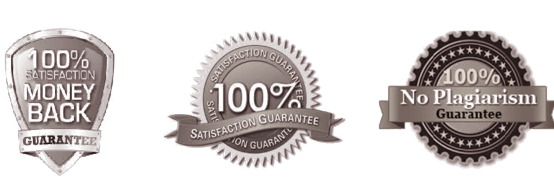ENG4U1 The Essay
ENG4U1 The Essay
THE FORMAL LITERARY ESSAY: LESSON #1
Formatting, Conventions, and the Introduction
PURPOSE and AUDIENCE:
– to analyze and/or evaluate a work of literature or a
particular focus of a work of literature
– scholarly, academic, formal
FORMATTING and CONVENTIONS:
1. DO include a properly formatted title page .
Interesting Title
Your Name
ENG4U1
Due Date
2. Starting after your title page, DO include page numbers in
the upper right-hand corner like this: S. Grant 1 (first initial
of your name, followed by your last name and the page #)
3. DO type and double-space your good copy.
4. DO use size 12 Times New Roman font .
5. DO set your margins at 1-inch all around.
6. DO indent the beginning of each paragraph.
7. DO write a minimum of 5 paragraphs (Introduction, 3 (+)
body paragraphs, Conclusion). Keep each of these paragraphs
in one big ‘chunk’.
8. DO write in the present tense (like the action is just
happening) rather than the past tense. For example, When Big
Mama learns of Big Daddy’s true diagnosis… instead of When
Big Mama learned of Big Daddy’s true diagnosis…
9. DO include a Works Cited page. On a separate page at the
very end, use MLA formatting to list the source(s) that you
used or consulted while writing your essay. At the very least,
you’ll include the novel but you might also have a dictionary if
you define a key term and/or a website if you use a quotation in
your introduction or conclusion.
1. DO NOT use contractions (e.g. Don’t, won’t,
etc.). Write them out in full (e.g. do not, will not).
2. DO NOT use slang, clichés, or other informal language
(e.g. not “he kicks the bucket”; rather, he dies).
3. DO NOT use personal pronouns (e.g. I, we, you) .
4. DO NOT repeat the title and submission information on the
first page of your essay. This is unnecessary when you’ve
included a title page.
5. DO NOT add extra spaces between paragraphs. The space
between your paragraphs should be equidistant to the spaces
between the typed lines elsewhere.
6. DO NOT use sweeping generalizations (“Since the
beginning of time…”) or imprecise diction . Avoid vague terms
like “things” and “stuff”.
THE INTRODUCTION
As a guideline, your introduction should be ½ – ¾ page
typed, double-spaced.
1. The first sentence of your essay should
suggest your topic and engage the reader.
Some ideas include:
– Use a rhetorical question
– Incorporate a relevant and/or famous quotation
– Make an unusual or puzzling statement
Do not use sweeping statements like “Since the beginning of
time…”. “Always” statements are problematic,
too. (ex. Man has always dominated woman…).
2. Transition smoothly into introducing your
text and author .
3. Briefly outline your essay’s main points of
argument.
4. Define any ambiguous or unknown key terms (e.g.
“poor”–quality or financial?)
5. End with a transition word and your thesis statement .
THE THESIS STATEMENT
1. Very last sentence in the introduction.
2. Begins with a transition word like “Thus” or “Therefore” .
3. Indicates:
a) Your stance on the essay topic–without
using “I”!
b) The direction for the essay’s main
argument–highlight the 3 areas of focus
4. Tip: Rework the essay question and your answer to it
into your thesis!
SAMPLE ESSAY QUESTION:
Is Big Daddy more of a victim or a villain in Cat on a Hot Tin
Roof ?
Read the following sample introduction. Use colourful
markers/pens/pencil crayons to identify the elements of the
introduction listed above (#1 – 5). Use a separate colour to
highlight the transition words !
S. Grant 1
Can one person be both villainous and victimized in equal
measure? Tennessee Williams explores and ultimately answers this
question through the character of Big Daddy Pollitt in his renowned
play, Cat on a Hot Tin Roof . Big Daddy is most definitely a character
who is more victim than villain. To begin , he is a victim within his
family relationships. His son, Gooper, his wife, Big Mama, and his son,
Brick, all cause hardship for Big Daddy. Trusted medical and religious
professionals also mistreat Big Daddy as seen through the mendacious
Dr. Baugh and the selfish Reverend Tooker. Furthermore , and perhaps
most significantly, Big Daddy is a victim of himself. His terminal
illness not only shortens his life, but also highlights the disservice he has
done to himself by choosing to participate in a system of mendacity
rather than living a life true to himself. Thus , Big Daddy is more of a
victim than a villain in the play particularly with respect to his family
relationships, his trusted medical and spiritual advisors, and even
himself.

You Need a Professional Writer To Work On Your Paper?

